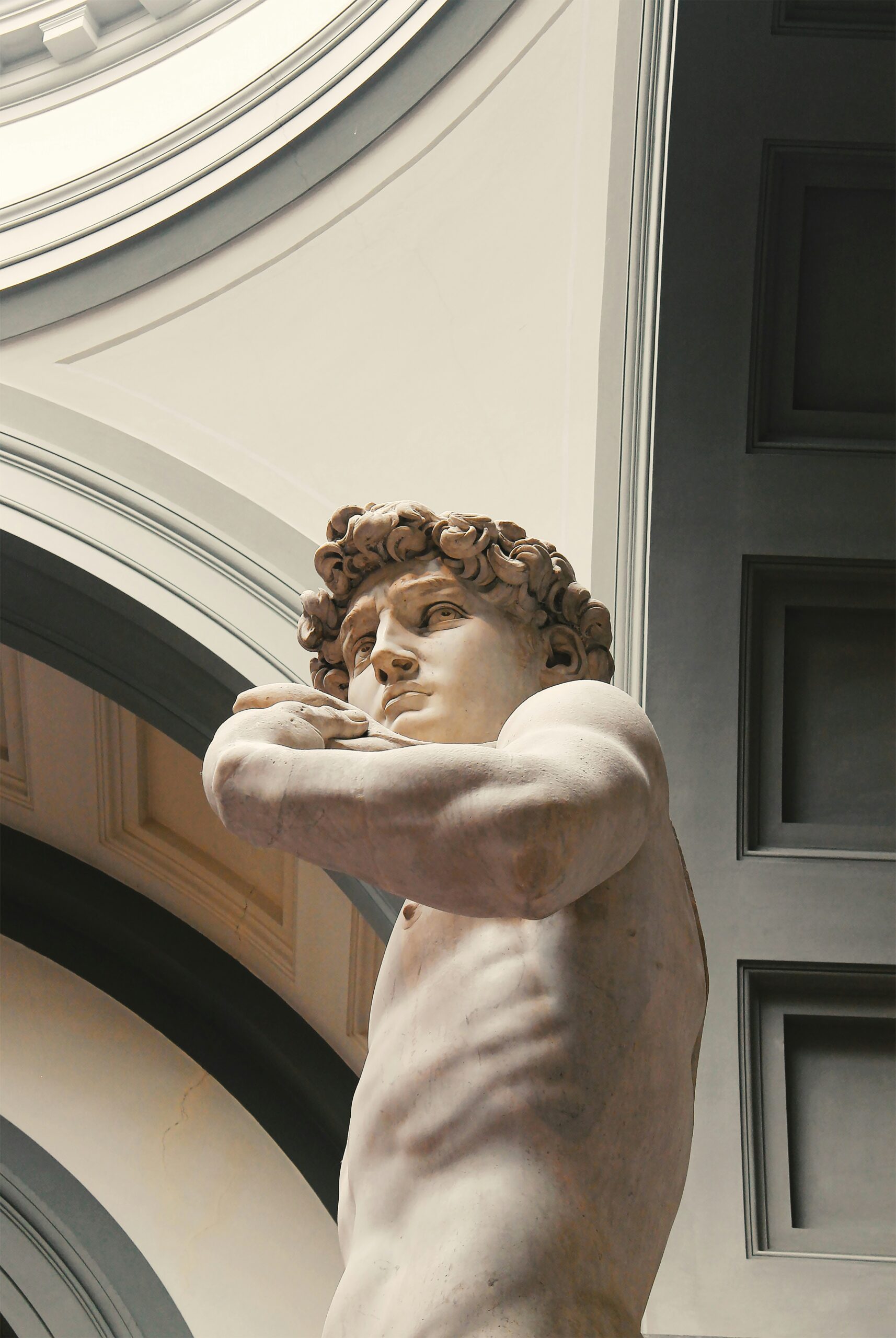The Timeless Beauty of Sculpture
Sculpture has long been revered as one of the most captivating and enduring forms of art. From the ancient Greeks to the Renaissance masters, artists have used sculpture to immortalize their visions and capture the essence of the human experience. The materials used in sculpture, such as marble and bronze, have played a significant role in shaping the artistic expression and longevity of these magnificent creations.
The Marvel of Marble
Marble has been a favored material for sculptors for centuries. Its smooth texture, luminous appearance, and ability to hold intricate details make it a perfect medium for capturing the human form. The ancient Greeks, in particular, were known for their mastery of marble sculpture, with iconic examples like the Venus de Milo and the Winged Victory of Samothrace.
Working with marble is a labor-intensive process that requires immense skill and patience. Sculptors must carefully select the right block of marble, considering its color, veining, and structural integrity. They then use a variety of tools, such as chisels and rasps, to carve away the excess material and reveal the desired form. The final step involves polishing the surface to achieve a smooth and reflective finish, enhancing the sculpture’s beauty and allure.
One of the fascinating aspects of marble sculpture is its ability to withstand the test of time. Many ancient marble sculptures have survived for centuries, defying the effects of weathering and decay. This durability is due in part to the natural properties of marble, which is resistant to heat, moisture, and chemical reactions. Additionally, the skillful craftsmanship of the sculptors ensures that the sculptures are structurally sound and able to withstand the ravages of time.
The Allure of Bronze
Bronze, another popular material in sculpture, offers a distinct set of qualities that have captivated artists throughout history. Unlike marble, bronze allows for the creation of larger and more complex sculptures due to its strength and malleability. The process of creating a bronze sculpture involves several intricate steps, including casting, chasing, and patination.
The casting process begins with the creation of a clay or wax model, which is then coated in a heat-resistant material called investment. Once the investment hardens, it is heated, causing the wax or clay to melt and leave behind a hollow mold. Molten bronze is then poured into the mold, filling the negative space and taking the shape of the original model.
After the bronze has cooled and solidified, the sculpture undergoes a process called chasing, where the artist refines the surface and adds intricate details. This step requires great skill and precision, as any mistakes or flaws could ruin the entire sculpture. Finally, the sculpture is patinated, a chemical process that gives it a desired color and finish.
One of the unique qualities of bronze sculpture is its ability to develop a beautiful patina over time. This natural aging process adds depth and character to the sculpture, making it even more captivating as it ages. The patina can range from shades of green and brown to vibrant hues of blue and purple, depending on the chemical reactions that occur on the surface of the bronze.
The Eternal Legacy of Sculpture
Whether crafted from marble or bronze, sculptures have a lasting impact on the world of art and culture. They serve as a testament to human creativity and ingenuity, capturing moments in history and expressing the depth of human emotion. These masterpieces continue to inspire and evoke awe in viewers, transcending time and reminding us of the enduring power of art.
As we admire the intricate details and graceful forms of marble and bronze sculptures, we are reminded of the timeless beauty and eternal nature of these art forms. They stand as a testament to the human desire to create something lasting and meaningful, and their presence in museums and public spaces ensures that future generations can also experience their magic.
So next time you encounter a sculpture, take a moment to appreciate the mastery and craftsmanship that went into its creation. Marvel at the beauty of marble and the allure of bronze, and let these magnificent works of art transport you to a world where time stands still.
